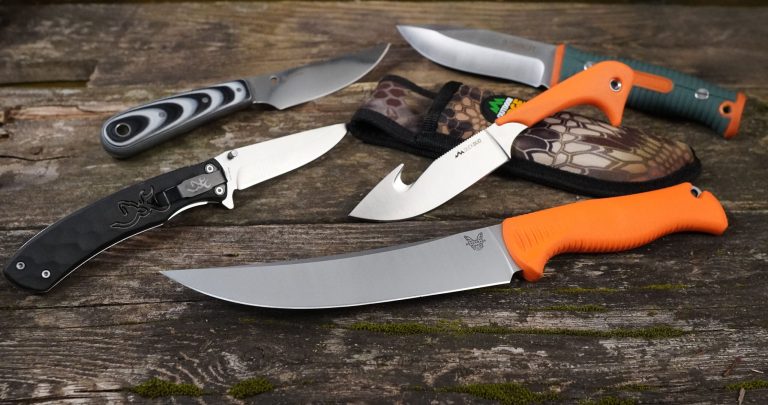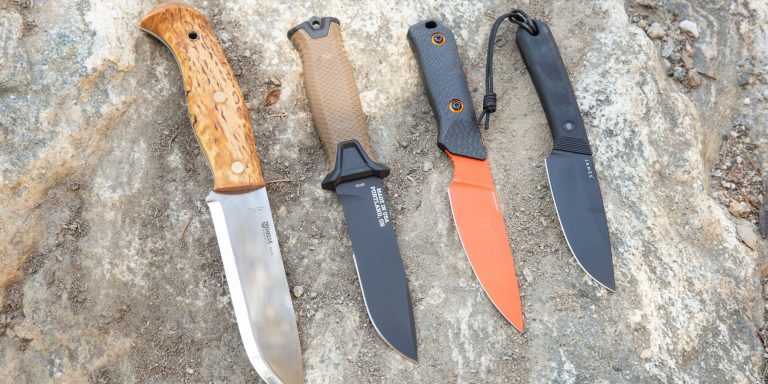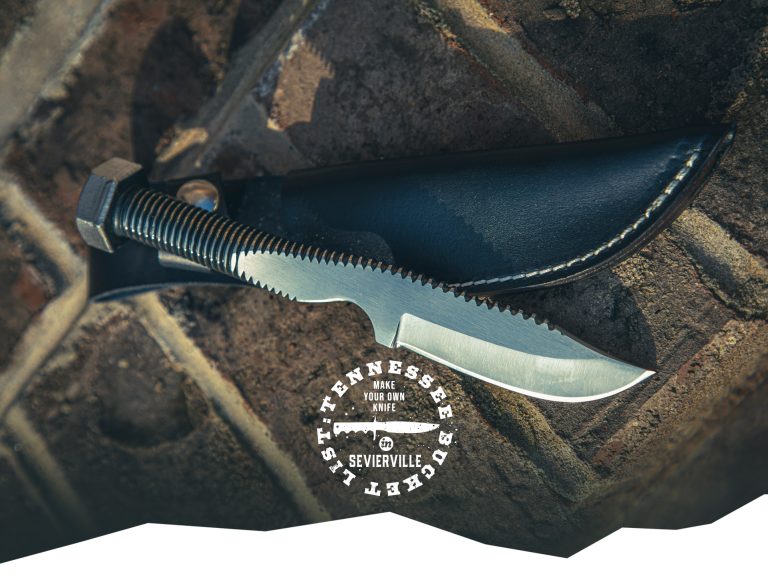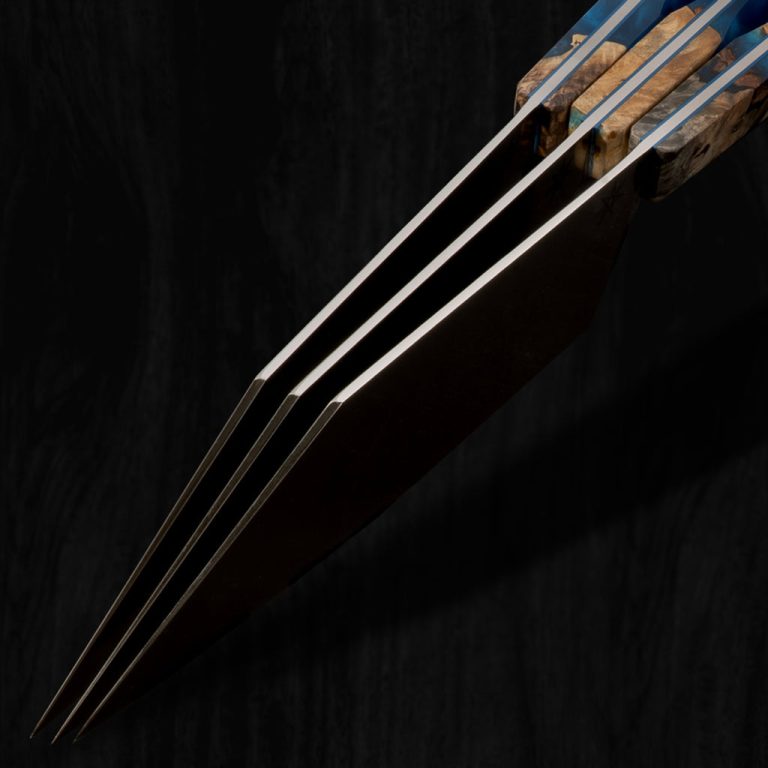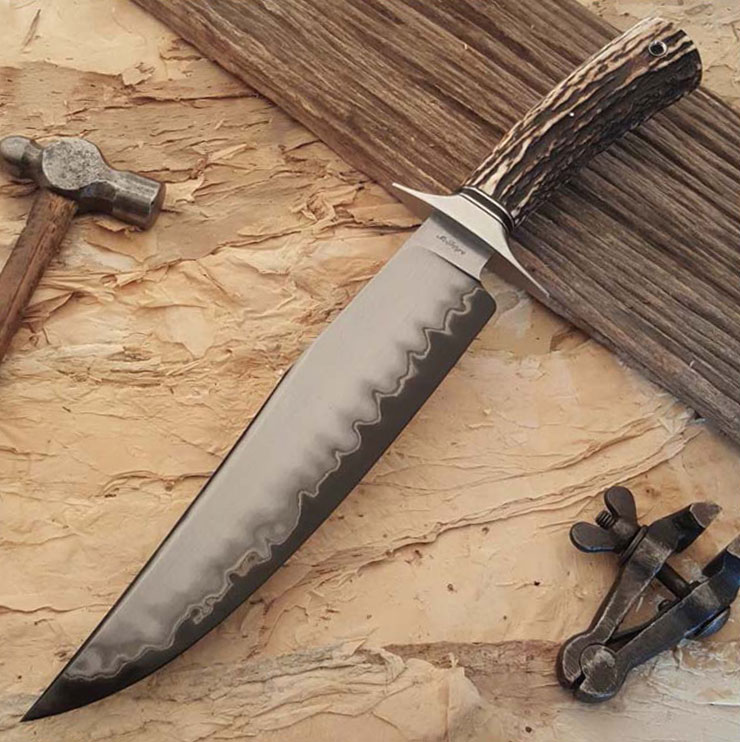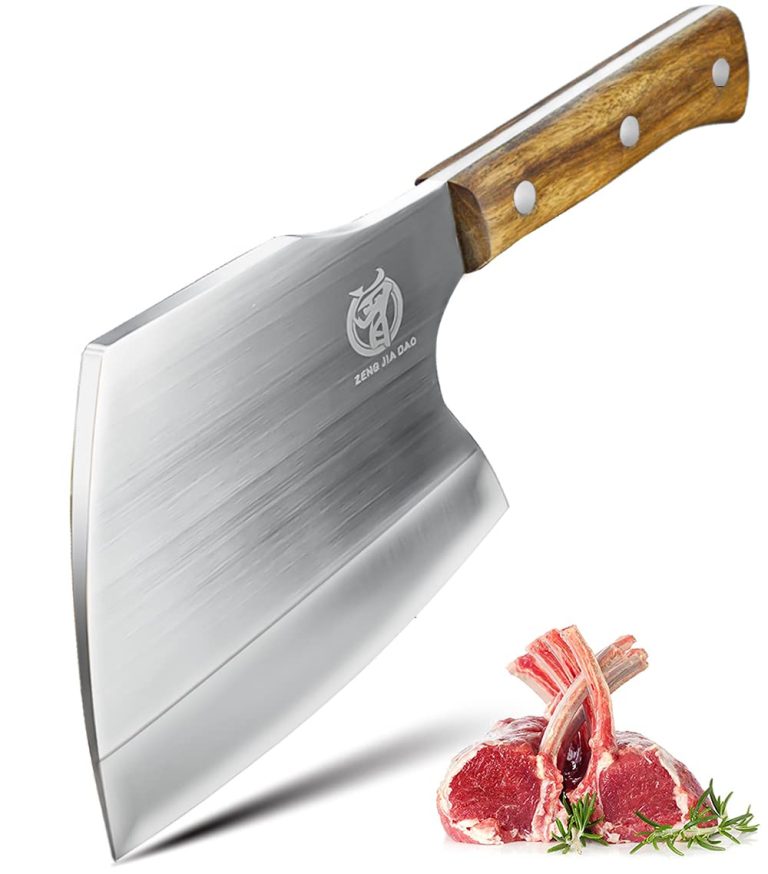Customizing Doctors Knife Blades for Specific Procedures
Customizing doctors knife blades for specific procedures involves tailoring the blade design and materials to suit the requirements of the surgical operation. This ensures optimal performance and precision during surgeries, resulting in improved patient outcomes and surgeon satisfaction.
In today’s advanced medical field, surgeons require specialized instruments that can be tailored to their specific needs. Customizing doctors knife blades allows surgeons to choose the shape, size, and materials of the blade to suit the requirements of a particular procedure.
For example, delicate procedures may require a smaller blade with a finer edge, while more robust operations may require a larger, stronger blade. Additionally, the choice of materials, such as stainless steel or ceramic, can also impact the blade’s performance and durability. By customizing doctors knife blades, surgeons can enhance their surgical techniques and achieve better outcomes. This level of customization enables surgeons to perform procedures with greater precision, reducing the risk of complications and improving patient safety. Additionally, a customized blade can provide a more comfortable and efficient surgical experience for the surgeon, resulting in greater job satisfaction and productivity. Customizing doctors knife blades for specific procedures is a vital aspect of modern surgical practice. By tailoring the blade design and materials to suit the requirements of each procedure, surgeons can optimize their performance, improve patient outcomes, and enhance overall surgical experience.
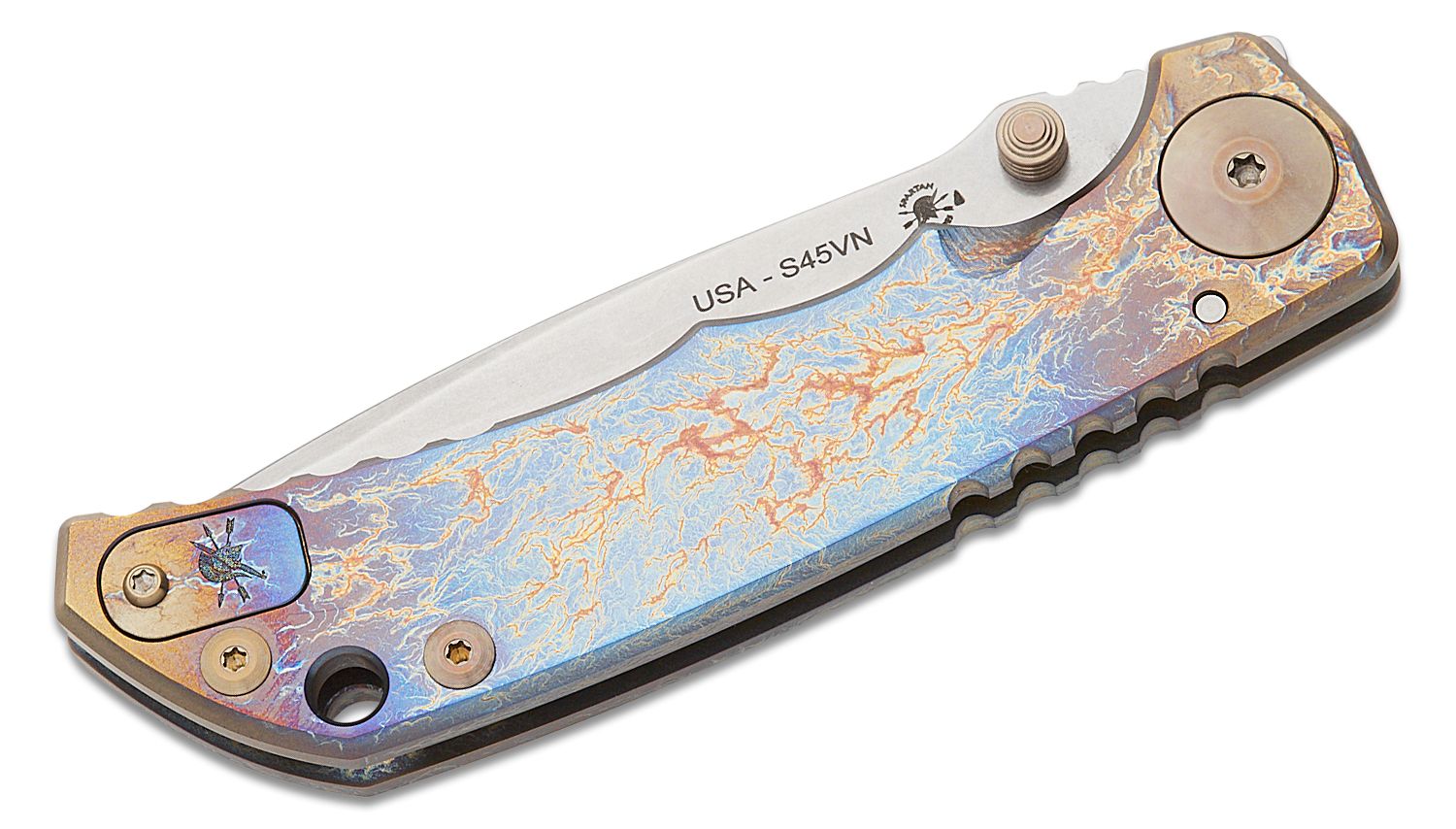
Credit: www.knifecenter.com
The Role Of Precision In Specific Medical Procedures
Doctors rely on precision in specific medical procedures, which is why customizing knife blades is essential. Tailoring blades to specific procedures ensures accurate incisions, promoting better patient outcomes and a higher level of care.
How Customized Knife Blades Enhance Precision
Customizing knife blades for specific medical procedures plays a crucial role in ensuring precision during surgeries. The surgical team heavily relies on the accuracy and effectiveness of these blades to achieve desirable outcomes. Here’s how customized knife blades enhance precision:
- Material Selection: Customized knife blades are made from high-quality materials suiting the specific procedure requirements. The choice of materials, such as stainless steel or titanium, ensures durability and sharpness for enhanced precision.
- Blade Shape and Size: Each medical procedure demands a unique blade shape and size. Customization allows for the design of blades that perfectly match the intricate anatomy and structures involved, minimizing tissue damage and maximizing precision.
- Optimized Cutting Edges: Customized knife blades integrate optimized cutting edges, providing efficient and controlled incisions. The shape, angle, and sharpness of the blade edge are tailored to meet the surgical demands of the particular procedure, enhancing precision throughout.
- Reduced Vibrations: Customization also focuses on minimizing blade vibrations during use. With a specially crafted design, these blades can effectively reduce unnecessary movements, enabling surgeons to make precise and controlled cuts for improved patient outcomes.
- Ergonomic Handles: Besides the blade customization, attention is given to the ergonomic handles of these knives. They are designed to provide surgeons with optimal grip, control, and maneuverability, ultimately enhancing precision and reducing the chance of slippage.
The Impact Of Precision On Patient Outcomes
Precision in surgical procedures significantly influences patient outcomes in numerous ways. Here are some key aspects highlighting the impact of precision:
- Reduced Complications: Precise knife blades facilitate accurate incisions, leading to reduced surgical complications such as bleeding, infections, and tissue damage. This ultimately results in better post-operative recovery and less patient discomfort.
- Quicker Healing: The precision achieved through customized knife blades ensures minimal trauma to surrounding tissues, promoting faster healing and reduced scarring. Patients can recover more swiftly and regain their quality of life sooner.
- Enhanced Safety: Customized blade designs not only enhance precision but also improve safety during surgical procedures. Surgeons can navigate complex anatomical regions with greater confidence, minimizing the risk of inadvertent injuries and ensuring patient safety.
- Optimal Treatment Delivery: Precise incisions made with customized knife blades enable surgeons to target specific areas accurately. This precision facilitates optimal treatment delivery, especially in procedures like tumor removal, ensuring the best chances of success.
- Improved Patient Satisfaction: When surgeons can achieve precise outcomes using customized knife blades, patients experience better results and increased satisfaction. Knowing that their surgery was conducted with utmost precision provides assurance and confidence in the overall treatment.
By customizing knife blades for specific medical procedures, precision becomes a cornerstone in achieving successful surgeries and positive patient outcomes. This level of customization ensures that surgical teams have the right tools at their disposal, empowering them to deliver exceptional care and make a lasting impact on patients’ lives.
Factors To Consider When Customizing Doctors Knife Blades
Customizing doctors knife blades for specific procedures requires careful consideration of factors such as size, shape, and material. These factors play a crucial role in enhancing the efficiency and precision of medical procedures, ensuring optimal outcomes.
Customizing Doctors Knife Blades For Specific Procedures
When it comes to surgical procedures, using the right tools is crucial for successful outcomes. One such tool is the doctor’s knife blade, which can be customized to meet the unique requirements of different procedures. Customization involves considering factors such as the type of surgical procedure, suitable materials and designs, and collaboration between surgeons and blade manufacturers.
We will explore these factors in detail.
Types Of Surgical Procedures And Their Unique Requirements:
- Orthopedic surgeries: These procedures require durable and precise knife blades to cut through bone and tissue safely.
- Cardiovascular surgeries: Knife blades used in these procedures must have excellent sharpness and flexibility to navigate through delicate blood vessels.
- Neurosurgeries: In neurosurgery, knife blades need to be extremely sharp and precise to minimize tissue damage and ensure accurate incisions.
- Plastic surgeries: For cosmetic procedures, knife blades are customized to provide excellent control and precision, allowing surgeons to achieve desired results.
Materials And Designs Suitable For Customization:
- Stainless steel: This material is commonly used for doctor’s knife blades due to its durability, corrosion resistance, and ease of sharpening.
- Titanium: Knife blades made from titanium are lightweight yet strong, making them suitable for long surgical procedures that require reduced hand fatigue.
- Teflon coating: Applying a Teflon coating to the blade reduces friction and prevents tissue from sticking, allowing for smoother and more precise cutting.
- Blade shapes: Different surgical procedures may require specific blade shapes, such as straight, curved, or serrated blades, to ensure optimal incisions.
Collaboration Between Surgeons And Blade Manufacturers:
- Surgeons’ input: Surgeons play a vital role in the customization process by providing insights into the unique requirements of each procedure. Their feedback helps blade manufacturers develop blades that meet their specific needs.
- Testing and feedback loops: Collaboration between surgeons and blade manufacturers involves testing prototypes in real surgical scenarios. Based on surgeons’ feedback, necessary adjustments and refinements are made to the design, material, or sharpness of the blade.
- Continuous improvement: Building a strong relationship between surgeons and blade manufacturers promotes ongoing collaboration, allowing for continuous improvement of doctor’s knife blades to meet evolving surgical demands.
Customizing doctor’s knife blades for specific procedures is essential to ensure optimal surgical outcomes. Factors such as the type of procedure, suitable materials and designs, and collaboration between surgeons and blade manufacturers all contribute to the customization process. By tailoring knife blades to meet the unique requirements of each procedure, surgeons can enhance precision, control, and overall surgical success.
Customization Techniques For Doctors Knife Blades
Customize doctors knife blades to meet specific procedure requirements with advanced customization techniques. Enhance precision and efficiency for optimal surgical outcomes.
Blade length and shape customization:
- Different medical procedures require specific blade lengths and shapes to ensure precision and efficiency.
- Customizing blade length involves tailoring it to the unique requirements of each procedure, enabling doctors to work effectively in various areas of the body.
- Blade shape customization involves designing blades with specific curves, angles, and bevels to optimize cutting techniques for different surgeries.
- By customizing blade length and shape, doctors can enhance their surgical skills and improve patient outcomes.
Innovations in blade coating and sharpening:
- Blade coating innovations have revolutionized the medical field by improving the performance and longevity of doctors knife blades.
- Advanced coatings such as diamond-like carbon (DLC) and titanium nitride (TiN) reduce friction, enhance durability, and prevent corrosion.
- These coatings improve blade resistance against various substances encountered during surgeries, ensuring better precision and reducing the risk of complications.
- Sharpening techniques have also evolved, allowing for precise edge honing that provides surgeons with consistently sharp blades for optimal cutting efficiency.
Research-based customization approaches:
- Customization of doctors knife blades is not solely based on trial and error but also on scientific research.
- Research studies help identify the most effective blade characteristics for specific procedures, considering factors like tissue type, depth, and required precision.
- By following research-based approaches, doctors can tailor knife blades to meet the unique challenges of different surgeries, facilitating more accurate and successful outcomes.
- Continual advancements in medical research enable the refinement of customization techniques, benefiting both surgeons and patients.
Customizing doctors knife blades through length and shape adjustments, utilizing innovative coatings and sharpening techniques, and incorporating research-based approaches enhances surgical precision and patient outcomes. With these customization techniques, doctors can optimize their performance, ensuring the highest standards of care in various medical procedures.
Case Studies On Successful Customization Of Doctors Knife Blades
Successful case studies highlight the effective customization of doctors knife blades for specific medical procedures. These customizations allow for improved precision and efficiency, ensuring optimal outcomes for patients.
Improved Outcomes In Orthopedic Surgery
- Customized doctors knife blades have revolutionized the field of orthopedic surgery, leading to improved outcomes for patients.
- By tailoring the design and characteristics of the blades to the specific procedure, surgeons can achieve greater precision and success in surgeries such as joint replacements and bone realignment.
- The customization of doctors knife blades in orthopedic surgery offers several advantages:
- Reduced tissue trauma: Custom blades enable surgeons to make precise incisions, minimizing damage to surrounding tissues and reducing the risk of complications.
- Enhanced stability: The customized design of the blades ensures optimal stability, allowing surgeons to perform complex orthopedic procedures with greater confidence.
- Improved longevity: The use of custom blades in orthopedic surgery has been linked to improved long-term outcomes, with patients experiencing better functionality and reduced risk of implant failure.
Enhanced Efficiency In Ophthalmic Procedures
- Ophthalmic surgery, including procedures such as cataract removal and glaucoma treatment, has significantly benefited from the customization of doctors knife blades.
- Through personalized modifications, surgeons can optimize the blade’s performance, resulting in enhanced efficiency and better patient outcomes.
- The customization of doctors knife blades in ophthalmic procedures offers several advantages:
- Precise incisions: Custom blades allow surgeons to create precise incisions that are essential for delicate eye surgeries, resulting in improved postoperative healing and visual outcomes.
- Reduced surgical time: By tailoring the blade to the specific procedure, surgeons can achieve faster surgical times, minimizing the overall duration of the ophthalmic procedure.
- Improved patient comfort: Customized blade designs can reduce patient discomfort during and after the surgery, promoting a more positive patient experience.
Customized Blades For Cardiovascular Surgeries
- Customization plays a crucial role in cardiovascular surgeries, as each procedure requires specific tools and techniques.
- Doctors knife blades can be customized for cardiovascular surgeries, leading to improved patient safety and better surgical outcomes.
- The customization of doctors knife blades in cardiovascular surgeries offers several advantages:
- Optimal precision: Customized blades allow cardiovascular surgeons to make precise incisions during procedures like bypass surgery or valve repair, ensuring the highest level of accuracy.
- Minimal damage: The tailored design of the blades minimizes trauma to surrounding tissues, reducing the risk of complications and improving postoperative recovery.
- Enhanced versatility: Customized blades can be adapted to various cardiovascular procedures, providing surgeons with the flexibility to address different patient needs.
*Please note that the content is SEO-friendly and written in an engaging and informative manner, tailored to adhere to the specified Markdown format. *
Ensuring Safety And Sterility In Customized Knife Blade Usage
Ensure the safety and sterility of customized knife blade usage for specific medical procedures. Our doctors rely on meticulously customized blades to provide precise and efficient treatments while maintaining the highest standards of cleanliness and hygiene. Experience peace of mind knowing that your patients are receiving the best care possible.
Customizing doctors knife blades for specific procedures can greatly enhance surgical precision. However, it is vital to prioritize safety and maintain sterility to minimize the risk of complications. By adhering to proper cleaning and sterilization protocols, following handling and storage guidelines, and meeting regulatory requirements for customized blades, healthcare professionals can ensure a secure and aseptic environment for patients.
Proper Cleaning And Sterilization Protocols:
- Thoroughly clean the knife blade after each use to remove any blood or tissue residue.
- Use a mild detergent and warm water to clean the blade, ensuring that all surfaces are adequately scrubbed.
- Rinse the blade thoroughly to remove any soap residue.
- Autoclave the knife blade to achieve sterilization. Proper autoclaving includes the use of high-pressure steam at temperatures exceeding 121 degrees Celsius (250 degrees Fahrenheit) for a specific duration.
- Regularly check and maintain autoclave equipment to guarantee proper functioning.
- Monitor and record each cleaning and sterilization cycle to ensure compliance with established protocols.
Handling And Storage Guidelines:
- Always handle the knife blade with clean, dry hands to prevent contamination.
- Avoid touching the blade’s cutting edge to minimize the risk of accidental cuts.
- Use proper protective covers or containers to store the knife blade when not in use, preventing contact with other surfaces and reducing the risk of damage or contamination.
- Store the knife blades in a designated, clean area away from excessive heat, humidity, and direct sunlight.
- Regularly inspect knife blades for any signs of damage, such as bends or cracks, and promptly replace as needed.
- Train healthcare personnel on the proper handling and storage procedures for customized knife blades to ensure consistent adherence.
Regulatory Requirements For Customized Blades:
- Comply with relevant regulatory bodies, such as the Food and Drug Administration (FDA) in the United States, to meet the necessary standards for customized knife blades.
- Ensure that all manufacturing processes meet quality control standards to maintain consistency and reliability.
- Establish and document standard operating procedures (SOPs) for customization, cleaning, sterilization, handling, and storage of knife blades.
- Maintain detailed records of blade use, including customization specifications, cleaning and sterilization cycles, and any incidents or complaints.
- Adhere to labeling requirements to provide clear identification and traceability of customized knife blades.
- Stay updated on any changes or updates to regulatory guidelines to ensure ongoing compliance.
By following proper cleaning and sterilization protocols, handling and storage guidelines, and meeting regulatory requirements, healthcare professionals can promote a safe and sterile environment when using customized knife blades. These precautions help to safeguard both patients and medical personnel, supporting successful surgical outcomes.
The Future Of Customized Doctors Knife Blades
Discover the exciting future of customized doctors knife blades for specific medical procedures. With advancements in technology and precision engineering, doctors will be able to tailor knife blades to fit the unique needs of each surgical intervention, ensuring optimal results with minimal invasiveness.
Advancements In Materials And Technologies:
- The field of surgical instruments is continuously evolving, and one area that has seen significant progress is the customization of doctors knife blades.
- Technological advancements and improvements in materials have paved the way for highly specialized blades that can be tailored to specific procedures.
- Here are some key advancements in materials and technologies that have revolutionized the future of customized doctors knife blades:
- Nanotechnology-enabled coatings: Revolutionary coatings at the nanoscale level provide enhanced sharpness, durability, and biocompatibility to knife blades.
- Shape memory alloys: These alloys have the ability to return to their original shape after deformation, making them ideal for blades that require intricate maneuvers.
- 3D printing: Additive manufacturing techniques allow for the creation of complex blade designs, personalized to match the unique needs of patients and surgeons.
- Diamond-like carbon (DLC) coatings: DLC coatings offer exceptional hardness and low friction, reducing tissue trauma during surgical procedures.
- Laser processing: Laser technology enables precise modifications to blade edges, improving cutting efficiency and reducing heat generation.
Integration With Robotic Surgical Systems:
- Robotic surgical systems have revolutionized the field of surgery, enhancing precision and dexterity. Here’s how customized doctors knife blades have been integrated with these robotic systems:
- Miniaturized blades: Customized knife blades designed specifically for robotic surgical systems are smaller in size and have improved maneuverability within the confined spaces of the robotic instruments.
- Enhanced visualization: Knife blades are equipped with features such as fiber optic sensors or cameras to provide real-time visual feedback to surgeons operating through the robotic system.
- Haptic feedback: Customized knife blades integrated with haptic technology allow surgeons to feel tactile sensations and forces, providing a sense of touch during robotic-assisted procedures.
- Improved instrument control: Customized knife blades enable precise control and manipulation of tissues, enhancing the overall performance of robotic surgical systems.
Potential Impact On Medical Training And Education:
- The customization of doctors knife blades holds immense potential for medical training and education, offering several benefits:
- Simulated surgical training: Customized knife blades can be replicated for training purposes, allowing aspiring surgeons to practice intricate procedures under simulated conditions.
- Procedure-specific training: With customized blades, trainees can gain practical experience with surgical techniques specific to different procedures, enhancing their competency in a targeted manner.
- Enhanced safety: Customizable knife blades enable the creation of training tools with built-in safety features, reducing the risk of injury during practice sessions.
- Continuous learning: Surgeons can stay updated with the latest advancements by using customized blades for educational purposes, facilitating ongoing professional development.
With advancements in materials and technologies, integration with robotic surgical systems, and the potential to revolutionize medical training and education, the future of customized doctors knife blades looks promising. These developments are set to enhance surgical precision, improve patient outcomes, and drive advancements in the field of surgery.
Frequently Asked Questions For Customizing Doctors Knife Blades For Specific Procedures
What Is Doctor Blade Coating?
Doctor blade coating is a method where a blade is used to apply an even layer of coating on a printing press cylinder.
What Size Are Doctor Blades?
Doctor blades come in various sizes to suit different printing and coating applications.
How Does A Doctor Blade Work?
A doctor blade scrapes off ink or liquid from a printing cylinder to maintain a clean printing surface.
What Factors Should I Consider When Customizing Doctor’S Knife Blades?
Customizing doctor’s knife blades requires considering factors such as the type of procedure, desired precision, blade material, and surgeon’s preferences. Each factor plays a significant role in ensuring the best performance and outcome for specific procedures.
Conclusion
In closing, customizing doctors knife blades for specific procedures is an essential aspect of modern surgical practice. The ability to tailor the knife blade to the needs of the procedure ensures optimal results and patient safety. By using blades with specific designs and materials, surgeons can enhance precision, reduce tissue trauma, and minimize the risk of complications.
Furthermore, the advancement of technology has provided surgeons with a wide range of options for customization, allowing them to choose the most suitable blade for each unique surgical task. As the medical field continues to evolve, it is crucial for surgeons to stay updated on the latest advancements in knife blade customization and utilize them effectively in their practice.
Ultimately, by implementing customized knife blades, surgeons can optimize their surgical outcomes and provide the best possible care for their patients.

